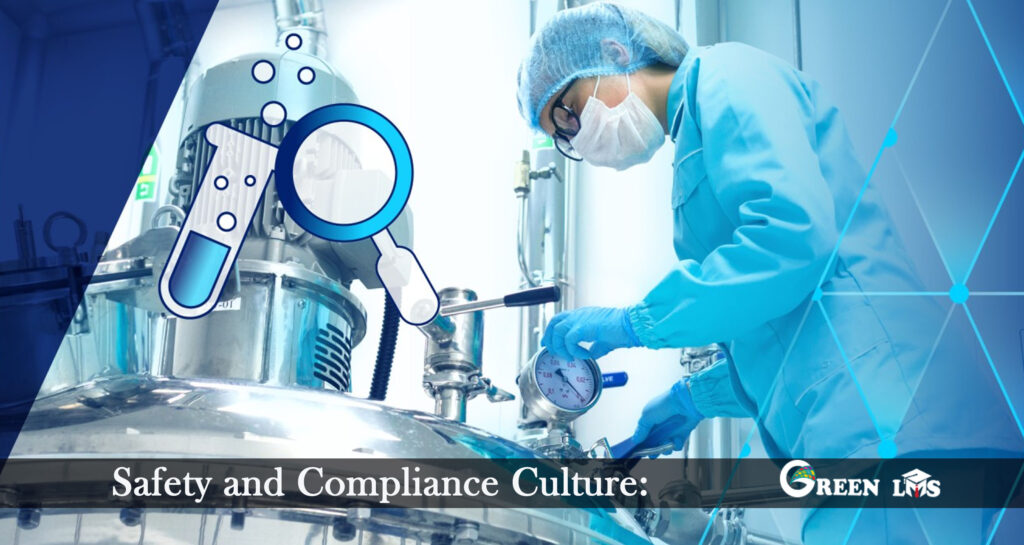One of the most crucial challenges in providing training within the pharmaceutical and active pharmaceutical ingredient (API) industry is ensuring compliance with stringent regulatory requirements while also keeping pace with rapid advancements in technology, research, and manufacturing processes. Several specific challenges can arise:

Complex Regulatory Landscape:
The pharmaceutical industry operates within a complex regulatory environment governed by agencies such as the FDA (U.S. Food and Drug Administration), EMA (European Medicines Agency), and other regulatory bodies worldwide. Ensuring that training programs cover all relevant regulations, guidelines, and compliance standards is essential to avoid regulatory violations, product recalls, and legal penalties.

Changing Regulations and Guidelines:
Regulatory requirements in the pharmaceutical industry are subject to frequent updates and revisions in response to changing safety concerns, scientific advancements, and industry trends. Keeping training materials and programs up-to-date with the latest regulations can be challenging and requires continuous monitoring and adaptation.

Technical Complexity:
Pharmaceutical manufacturing processes, especially those involved in API production, are highly technical and require specialized knowledge of chemistry, engineering, and process optimization. Developing training materials that effectively convey complex technical concepts in a clear and understandable manner can be challenging, particularly for employees with diverse educational backgrounds and levels of experience.

Safety and Compliance Culture:
Instilling a culture of safety, compliance, and quality throughout the organization is essential for successful training initiatives. However, achieving buy-in from all employees and fostering a culture that prioritizes safety and compliance can be challenging, especially in large and decentralized organizations where communication and coordination can be difficult.

Global Operations and Multicultural Workforce:
Many pharmaceutical companies operate on a global scale, with manufacturing facilities, research labs, and distribution networks spread across multiple countries and regions. Providing consistent and standardized training to a multicultural and multilingual workforce can be challenging, requiring the adaptation of training materials to different languages, cultures, and regulatory environments.
Addressing these challenges requires a holistic approach along with automation of training as it can provide the following outcome:

Efficiency:
Automated training processes eliminate manual tasks associated with scheduling, enrollment, and content delivery. This saves time for both trainers and trainees, allowing them to focus on more value-added activities. As a result, training programs can be delivered more efficiently, reducing administrative overhead and increasing productivity.

Scalability:
Automated training systems can easily scale to accommodate large numbers of users or learners. Whether training a small team or an entire organization, automation ensures that everyone receives consistent, standardized training experiences regardless of scale. This scalability allows companies to onboard new employees quickly, expand operations, or launch new products with minimal additional resources.

Personalization:
Automation enables the customization of training content and delivery methods based on individual learner needs and preferences. Through adaptive learning algorithms and personalized learning paths, learners receive targeted training materials that are relevant to their roles, skill levels, and learning styles. This personalized approach enhances engagement, comprehension, and retention, ultimately leading to better training outcomes and ROI.

Consistency and Compliance:
Automated training systems ensure consistency in training content and delivery, reducing the risk of errors, omissions, or inconsistencies that can impact regulatory compliance or quality standards. By delivering standardized training materials and assessments, companies can demonstrate compliance with industry regulations, certification requirements, and internal policies, thereby reducing the risk of non-compliance penalties or legal liabilities.

Data-driven Insights:
Automated training platforms capture rich data on learner engagement, progress, and performance. By analyzing this data, organizations can gain valuable insights into training effectiveness, learner behavior, and areas for improvement. These insights enable data-driven decision-making, allowing companies to optimize training programs, allocate resources more effectively, and identify opportunities for innovation and growth.

Cost-effectiveness:
While there may be initial investments in setting up automated training systems, they often result in long-term cost savings. By reducing the need for manual intervention, paper-based materials, or in-person training sessions, automation lowers training delivery costs and administrative overhead. Additionally, automated systems can deliver training remotely, eliminating travel and accommodation expenses associated with traditional training methods.

Faster Time to Competency:
Automation accelerates the training process by providing on-demand access to training materials and resources anytime, anywhere. Learners can progress through training modules at their own pace, allowing them to quickly acquire the knowledge and skills needed to perform their roles effectively. This faster time to competency translates into faster onboarding, reduced ramp-up time, and increased productivity, ultimately driving ROI. Overall, training automation streamlines the training process, improves scalability and consistency, enhances personalization and compliance, provides valuable data insights, and reduces costs. By leveraging automation technologies, organizations can maximize the effectiveness, efficiency, and impact of their training initiatives, ultimately leading to better outcomes and higher ROI.
Click here to Get a Free Book Demo of our LMS for Healthcare, LMS for Business, a top-tier cloud-based LMS solution, and join the revolution towards including LMS for Colleges, LMS for Schools, and LMS for Corporate. Green LMS, Start empowering your sales team today.


